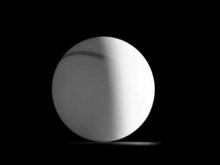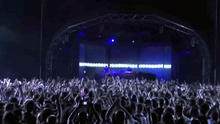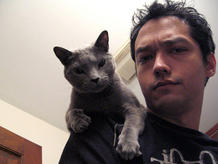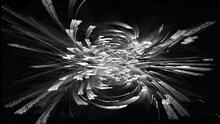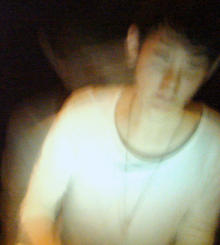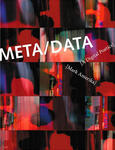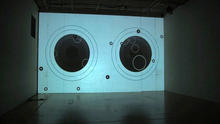Ali M. Demirel
(*1972) started making experimental videos in 1993, focusing on minimal, eerie, hypnotic, and psychedelic images. Reflecting his background in physics and architecture, his videos are structural compositions with a conceptual base.
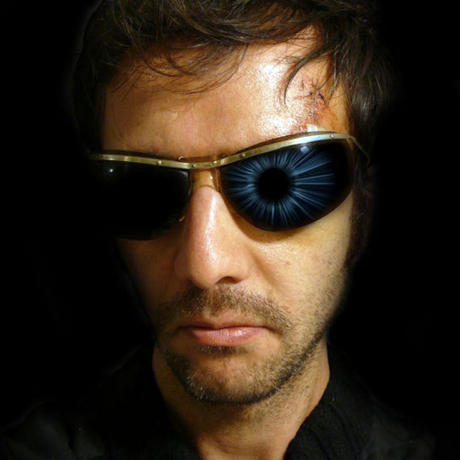
After his exploration of electronic music through contemporary composers like Stockhausen, Cage and Reich, he was introduced to Plastikman’s music in 1998 with the Artifakts (BC) relase. Hanging out in New York in 2001, he made his first music video "Psyk" with the track from that release and met Richie Hawtin personally. He has been working with Richie and Minus on several projects since then.
Tell me a little about yourself and your background.
I was born in Turkey. I studied nuclear engineering and achitecture. then I decided to make videos because it was a very big potential medium for me to express myself and be independent at the same time. my background in architecture and nuclear physics have great impact on my work.
How did you got into Vjing?
I was making experimental music videos with Richie Hawtin and his Plastikman moniker. He offered me to design a live visual set for his performances and I decided to do it. I'm not actually a VJ, I don't perform with other people or at different type of events, I'm a visual designer who also designed a live visual performance with Hawtin and other Minus artists.
What's the best and worst thing of being a video performer?
Best thing is to have the chance to perform live and and do whatever you want to try in front of thousands of people, the energy of this live interaction.
The worst thing is to deal with technical problems in limited conditions.
How would you describe you ideal gig?
Having an amazing space and visual setup, and an audience which is open to unexpected things, my musical company performing amazing, and myself inspired by all those and getting into the mood and do things which even surprises me!
Where do you think video performance is heading?
There will be no separation of audio and video, everything will be integrated, and the material will be open source,
shared by everybody online.
Can you describe the concept behind CONTAKT?
The concept behind the CONTAKT shows is to advance the level of communication between music and visuals and also between audience and performers. it's very complicated to summarize here, you can find details on website but as an example, I receive midi signals from the main audio mixer and control some visual variables with that. Another example, if you are a member and not at the show, you can see what's going on at our website and even send messages which would be displayed on the visuals.
Name five people or things that inspire you or your work.
Source: accent feed

